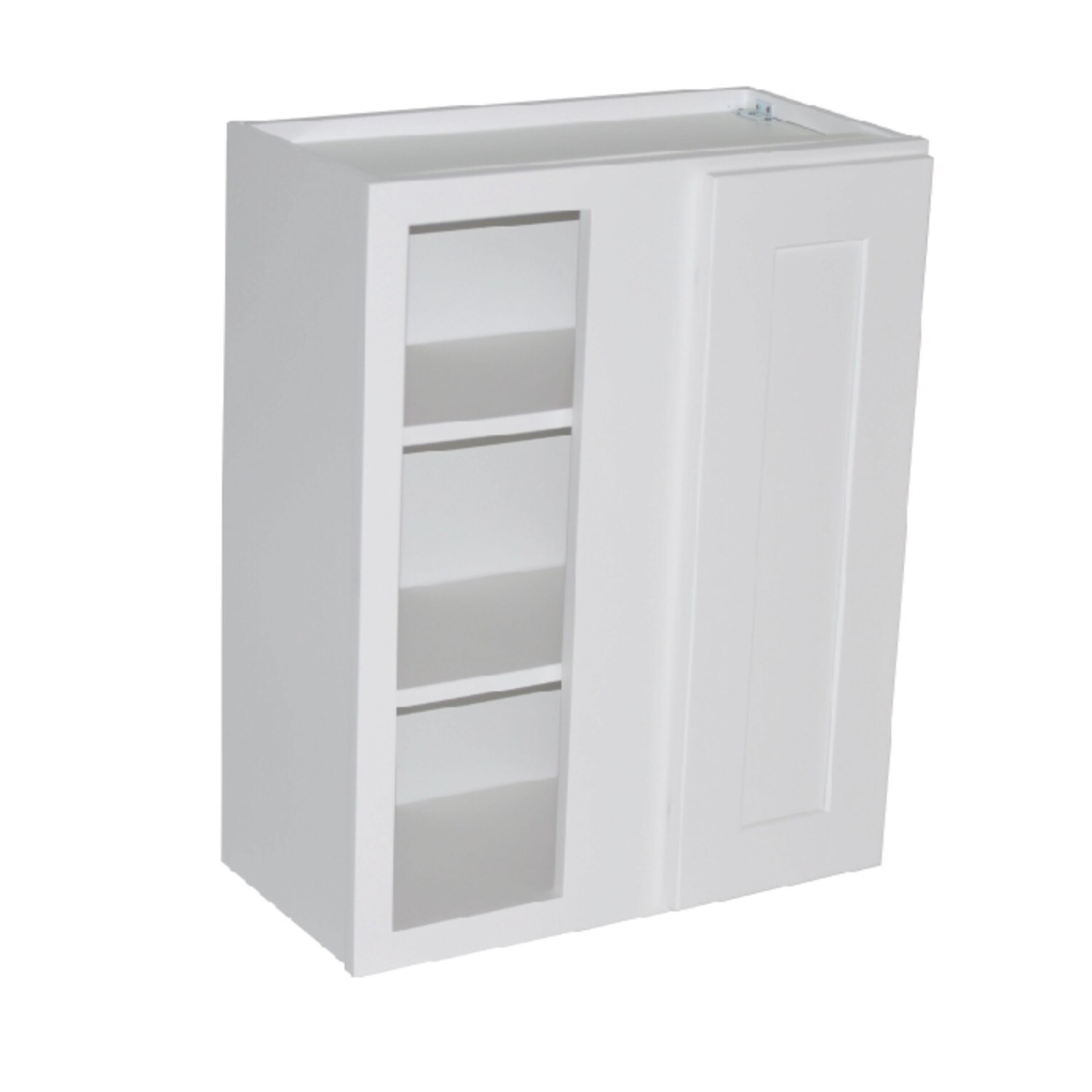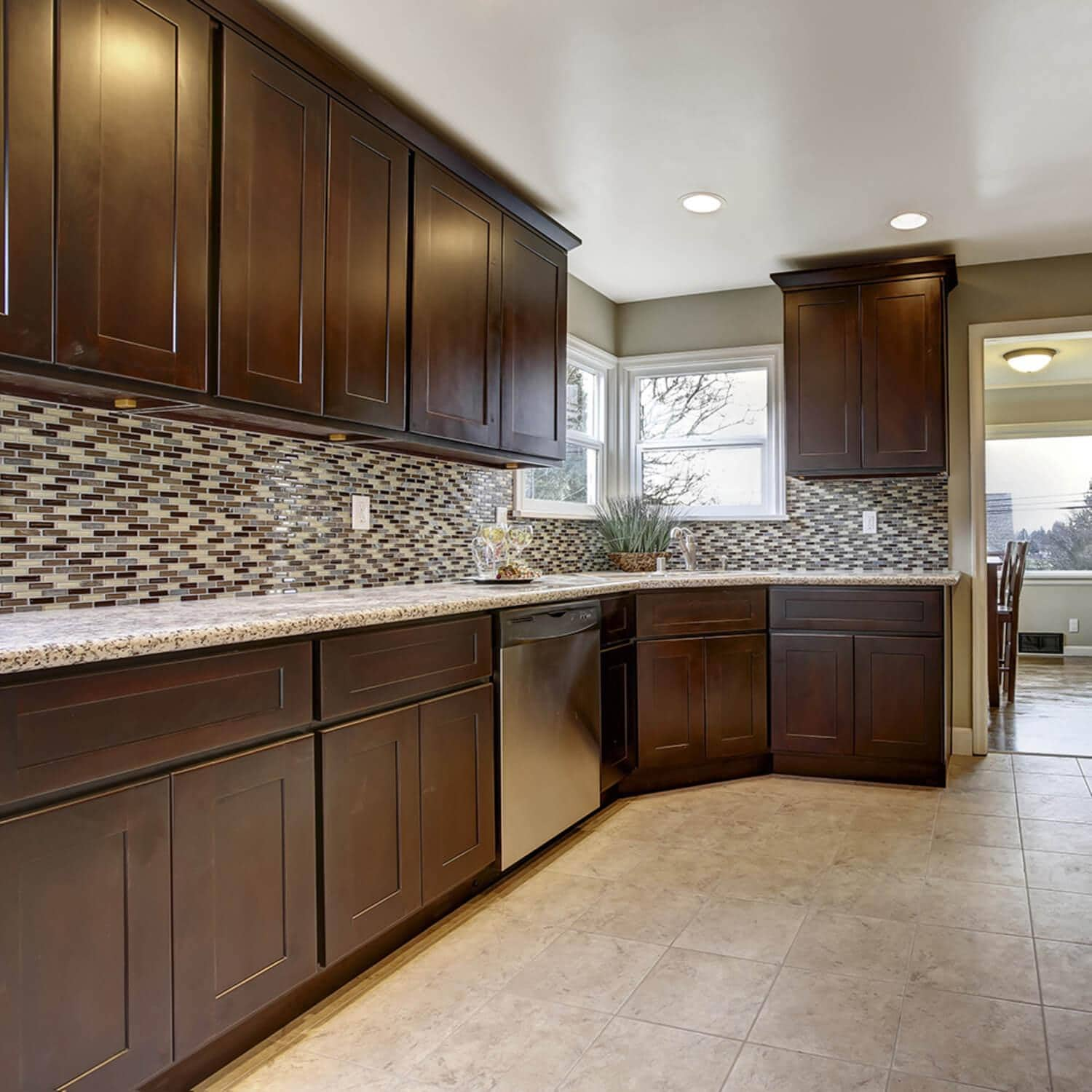Defining a Blind Wall Cabinet: What Is A Blind Wall Cabinet

A blind wall cabinet is a type of storage unit that is designed to be hidden behind a wall or panel. This type of cabinet is often used to create a clean and streamlined look in a room, as it can be concealed from view when not in use.
Blind wall cabinets are commonly used in a variety of settings, including homes, offices, and retail spaces. They are particularly useful in situations where space is limited or where a minimalist aesthetic is desired.
Key Features and Functionalities
Blind wall cabinets are characterized by their ability to be concealed behind a wall or panel. This feature allows them to blend seamlessly into the surrounding environment, creating a clean and uncluttered appearance. They are typically accessed through a hidden door or panel, which can be operated using a variety of mechanisms, such as a push-to-open system, a magnetic latch, or a traditional handle.
These cabinets are designed to provide discreet storage for a variety of items, including:
* Electronics: Televisions, sound systems, gaming consoles, and other electronics can be concealed behind a blind wall cabinet to create a clutter-free living space.
* Kitchen Appliances: Microwave ovens, coffee makers, and other kitchen appliances can be integrated into a blind wall cabinet to create a streamlined and efficient kitchen design.
* Office Supplies: Printers, scanners, and other office supplies can be hidden behind a blind wall cabinet to create a clean and professional workspace.
* Personal Belongings: Books, clothing, and other personal belongings can be stored discreetly in a blind wall cabinet, allowing for a clutter-free and organized living space.
Real-World Examples
Blind wall cabinets are widely used in a variety of settings. Here are some examples:
* Home Theatre Systems: A blind wall cabinet can be used to house a home theatre system, including a television, sound system, and other electronics, while maintaining a clean and minimalist aesthetic.
* Kitchen Design: Blind wall cabinets are commonly used in modern kitchen designs to conceal appliances, such as microwave ovens and coffee makers, creating a streamlined and efficient workspace.
* Office Space: In office settings, blind wall cabinets can be used to conceal printers, scanners, and other office supplies, creating a clean and professional workspace.
* Retail Spaces: Blind wall cabinets can be used in retail spaces to store merchandise, creating a clean and organized display area.
Advantages and Disadvantages of Blind Wall Cabinets

Blind wall cabinets, also known as “hidden” or “recessed” cabinets, are a clever storage solution that seamlessly blends into the wall, creating a minimalist and clutter-free aesthetic. These cabinets offer a unique blend of practicality and visual appeal, making them a popular choice for homeowners looking to maximise space and enhance their home’s design. However, like any storage solution, they come with their own set of advantages and disadvantages.
Space Utilization
Blind wall cabinets are renowned for their space-saving capabilities. By concealing storage within the wall, they free up valuable floor space, making smaller rooms appear larger and more spacious. This is particularly beneficial in compact apartments or homes with limited floor area. They are also ideal for maximizing wall space, which is often underutilized. For instance, in a living room, a blind wall cabinet can be installed behind a sofa, providing ample storage without compromising the room’s flow.
Aesthetics
The seamless integration of blind wall cabinets with the wall creates a clean and minimalist aesthetic. The absence of protruding cabinets or shelves contributes to a sense of spaciousness and visual harmony. This is especially advantageous in modern or contemporary interiors where clean lines and a streamlined look are highly valued.
Functionality
Blind wall cabinets offer a versatile storage solution that can be customized to meet specific needs. They can be designed with adjustable shelves, drawers, and even integrated lighting, making them suitable for storing a wide range of items, from books and electronics to clothing and household essentials. The ability to customize the internal layout allows for efficient organization and easy access to stored items.
Accessibility
While blind wall cabinets offer a range of benefits, they also present some challenges in terms of accessibility. The recessed nature of these cabinets means that items stored within are not readily visible, requiring users to open the cabinet to locate specific items. This can be inconvenient for frequently accessed items, especially for individuals with mobility limitations.
Limited Visibility, What is a blind wall cabinet
The concealed nature of blind wall cabinets also limits visibility. It can be difficult to quickly identify and access specific items, as they are hidden from view. This can be a disadvantage when compared to open shelving, where items are readily visible and accessible.
Potential Storage Limitations
The size and configuration of blind wall cabinets can impose storage limitations. Depending on the design and installation, the depth and width of the cabinet may not be suitable for bulky or oversized items. This can limit the types of items that can be stored within the cabinet, especially in smaller installations.
Design and Functionality of Blind Wall Cabinets

Blind wall cabinets are a versatile storage solution, offering a discreet and space-saving approach to organization. Their design and functionality are key to their effectiveness, and they come in a variety of styles to suit different needs and aesthetics.
Types of Blind Wall Cabinets
The design of blind wall cabinets varies significantly based on size, materials, and opening mechanisms. Understanding these differences helps in choosing the right cabinet for a specific application.
| Size | Materials | Opening Mechanism | Description |
|---|---|---|---|
| Small | Metal, plastic | Push-to-open | Ideal for small spaces like bathrooms or kitchens, offering discreet storage for toiletries or spices. |
| Medium | Wood, MDF | Hinge door | Versatile for various rooms, offering ample storage for clothes, books, or office supplies. |
| Large | Wood, metal | Sliding door | Suitable for large spaces like living rooms or bedrooms, providing spacious storage for electronics, linens, or seasonal items. |
Visual Representation of a Typical Blind Wall Cabinet
A typical blind wall cabinet consists of a concealed door that blends seamlessly with the wall. Inside, it houses shelves, drawers, and other organizational features.
A visual representation of a typical blind wall cabinet could be a simple rectangular box with a hidden door that matches the wall’s colour. Inside, the cabinet would have adjustable shelves for storing various items, with a pull-out drawer for smaller items and a light fixture for better visibility.
Functionality Enhancement Features
Blind wall cabinets offer numerous features that enhance their functionality. These features provide a customized storage experience.
- Adjustable Shelves: Allowing for flexible storage of items of different sizes and heights, optimizing space utilization.
- Pull-Out Drawers: Provide easy access to smaller items like utensils, stationery, or jewellery, eliminating the need to rummage through shelves.
- Lighting: Integrated lighting inside the cabinet ensures visibility of items even in dimly lit spaces, making it easier to find what you need.
What is a blind wall cabinet – A blind wall cabinet, often concealed behind a hinged door or a sliding panel, offers a discreet storage solution for various items. This concept finds a compelling parallel in the realm of home entertainment, where the integration of a t v cabinet built in the wall achieves a similar aesthetic of seamless concealment.
Both approaches prioritize functionality while maintaining a minimalist visual appeal, allowing for a more streamlined and clutter-free environment.
A blind wall cabinet, often found in kitchens, conceals its contents behind a smooth, unbroken facade, offering a sleek and minimalist aesthetic. This design choice, when paired with white kitchen cabinets with gray quartz countertops , creates a sense of calm and order.
The absence of visible hardware further enhances this impression, making the blind wall cabinet a subtle yet impactful design element that contributes to a harmonious and contemporary kitchen environment.